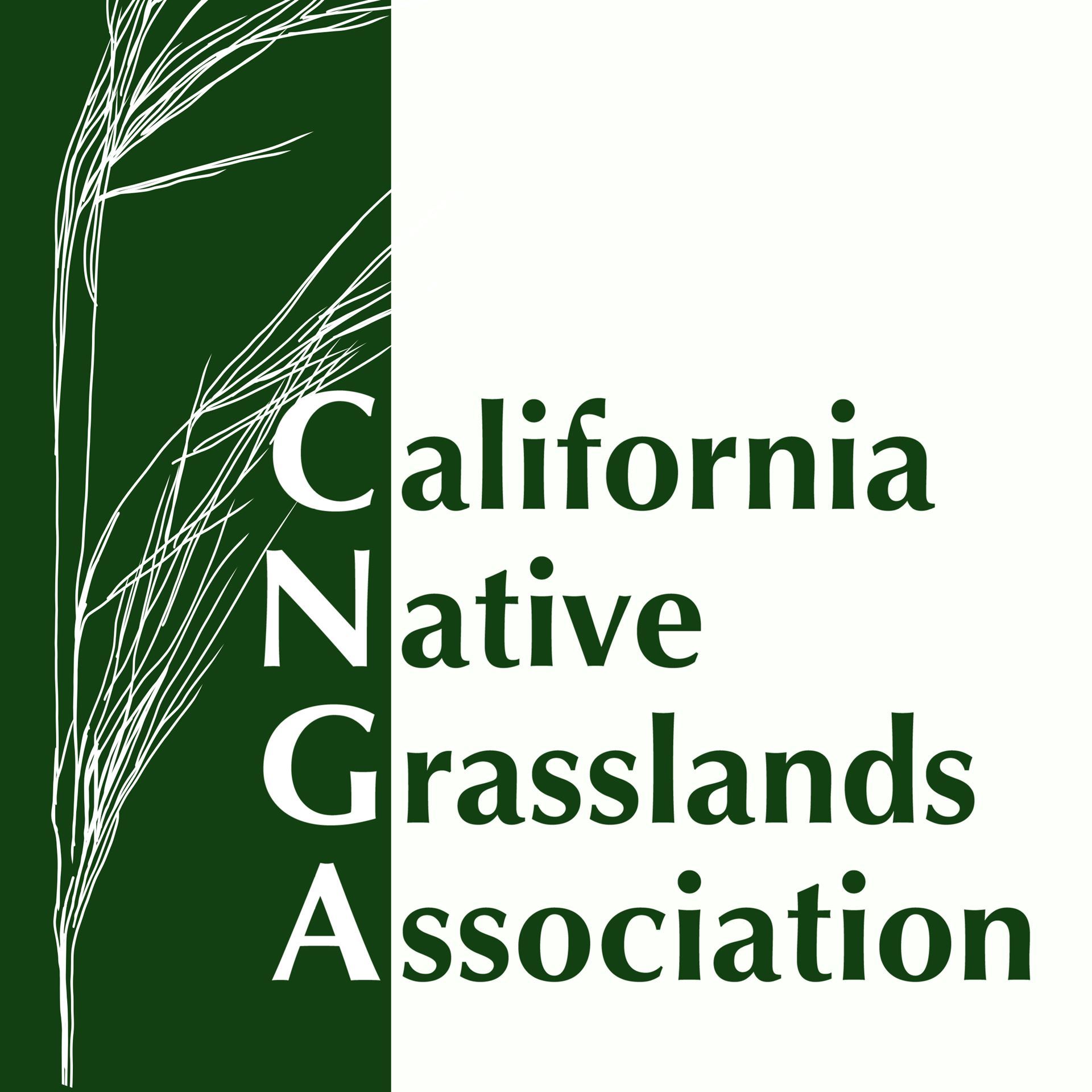
The Only Organization Working Exclusively to Conserve and Restore
California's Native Grasslands
California's Major Grassland Types
Valley & South Coastal Grasslands
Includes upland herbaceous vegetation in California’s Central Valley extending upslope to 700 or more meters in elevation in the foothills to the coast south of Santa Barbara. Predominately introduced annual species with less than 1% of the pre-European contact native grassland remaining.
North Coastal Grasslands
Occurs in areas influenced by the more moderate coastal conditions from San Luis Obispo County to Oregon.
Serpentine Grasslands
Similar to Valley Grassland, but on serpentine outcrops and soils.
Cold Desert Grasslands Grasslands along the east side of the Sierra-Cascade Ranges with high elevations and a cold, dry climate. Warm Desert Grasslands The grasslands that lie between the Valley Grasslands and the Cold Desert Grasslands. Warm Desert Grasslands are often dotted with shrubs. Source: Keeler-Wolf T, JM Evens, Solomeshch AI, Holland VL, Barbour MG. 2007. Community Classification andNomenclature. Pages 21-36 in California Grasslands: Ecology and Management. Stromberg MR, Corbin JD, D'Antonio, CM, Editors. University of California Press. |
May 2019 in Mojave National Preserve CA, at about 5200 ft elevation in a desert grassland. The photo shows purple threeawn (Aristida purpurea), fluffgrass (Dasyochloa pulchella), and desert mariposa lily (Calochortus kennedyi var. kennedyi). Photo courtesy of Laura Cunningham. |
Grassland ComponentsVernal Pools Vernal pools are usually found in a gently sloping plain of grassland. Western vernal pools are sometimes connected to each other by small drainages known as vernal swales, forming complexes. Beneath vernal pools lies either bedrock or a hard clay layer in the soil that helps keep water in the pool (US EPA). Free eBook: Conservation of California's Great Valley Vernal Pool Landscapes: User's Guide and Reference Manual, by John Vollmar, Kristen Chinn, Eric Smith, Henry Jwang, and Anton Bokisch. Back Country Press, Humboldt County
Video: Introduction to the Grasslands and Vernal Pools of California, UC Merced |
Classification by Vegetation Alliance
CNPS Manual of California Vegetation classifies grasslands in a more descriptive fine-scaled fashion by categorizing the different species assemblages or "associations" by grouping them into "alliances.” Alliances are composed of associations found in repeating patterns across the landscape and named for one or more species that are either most dominant or most often present. Below are some examples of grassland alliances and the habitat description of where they are most often found. Follow the links to learn more or search in the Manual of California Vegetation Online.
The alliances below are listed more or less by geographic extent in the state beginning with the most widespread. This is only a sampling of the many alliances.
Needle grass - melic grass grassland / Nassella [Stipa] spp. – Melica spp. Herbaceous AllianceHabitats: All topographic locations.
Wild oats and annual brome grasslands / Avena spp. - Bromus spp. [non-native] Semi-Natural Alliance
Habitats: All topographic settings in foothills, waste places, rangelands, openings in woodlands
California goldfields - dwarf plantain - small fescue flower fields / Lasthenia californica - Plantago erecta - Vulpia microstachys Herbaceous Alliance
Habitats: Ridges and slopes at all aspects. Soils are shallow loams and clays, especially on volcanic and serpentine substrates
Habitats: Moist to wet meadows on coastal bluffs, coastal terrace prairies, swales, stream terraces, sand dunes, and seasonally flooded areas. Soils are typically derived from alluvium, but can be slightly alkaline to moderately saline.
Habitats: Coastal bluffs, headlands, terraces, slopes, balds, and ridgetops.
Blue wild rye montane meadows / Elymus glaucus Montane Herbaceous Alliance
Habitats: Foothill and montane meadow edges, forest openings, and elevated flats. Soils may be intermittently flooded and have water tables that drop well below the surface during the growing season.
White-tip clover swales / Trifolium variegatum Herbaceous AllianceHabitats: Vernally moist edges of pools, swales, and seeps. Soils are sandy to clay or clay loam, generally fine grained.
Desert needlegrass grassland / Achnatherum speciosum Herbaceous Alliance
Habitats: Lower slopes, swales, rocky hills, flat ridges, talus slopes, and , and in canyons, and on sandy or gravelly alluvial fans. Soils are coarse- textured with no profile development.
Source:
CNPS. [2019]. A Manual of California Vegetation, Online Edition. http://www.cnps.org/cnps/vegetation/; searched on [Day, Month, Year]. California Native Plant Society, Sacramento, CA.
